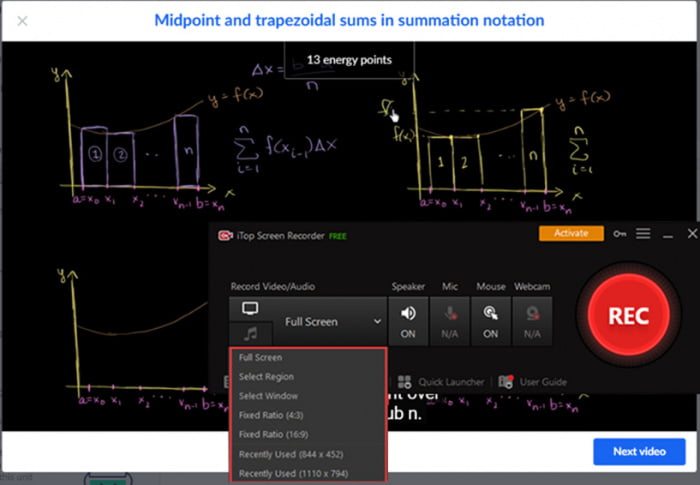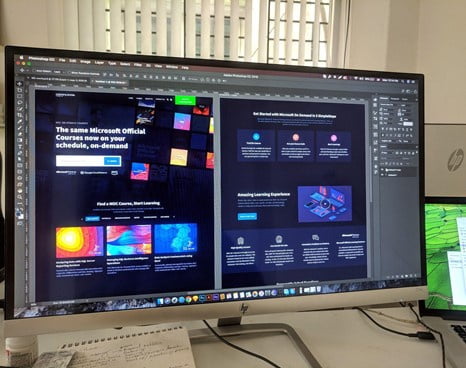The notion of SEO is straightforward, but the tools, techniques, and advice can be complicated. Your website must, above all, satisfy users. Then, you need to determine the best strategies to allow Google to understand that your website will satisfy its users. You should, therefore, keep the following 14 points in mind:

1. The fastest website speed possible
If a user visits your site and it takes too long to load, they will go. Three negative events have just occurred.
One – You have lost a user who might have converted into a client or fan.
Two – Google will not give you priority over quicker competitors because they are aware of how slow your site is.
Three – Google is also aware that your bounce rate has been negatively impacted.
2. Complete security
Security has always been important. Your website’s ability to protect users from spam, encrypt their data and keep everyone safe increases with its level of security. You should have an innate desire to protect the data of your users.
3. Content that is pertinent, reliable, and helpful
A user will quit a website if it doesn’t appear to be current, reliable, or trustworthy. They can tell if a website is more interested in selling anything than giving the information needed.
4. Owned or licensed photos
The condition is that you better own the images or have legitimately and properly licensed them from a reputable source. A DMCA (Digital Millennium Copyright Act) takedown notice, a cease-and-desist letter from the original owner, or (in severe situations) site removal are all possible sanctions for stolen photos.
5. Test your site for usability
Watch for problems. Be your own greatest advocate and seek out the areas of your website that are broken. To ensure that everything is still functional, test it on various mobile devices, browsers, and screen sizes.
6. Look up keywords
In a perfect world, your website might rank for every relevant keyword integrated. You may have that someday, but it’s crucial to set greater expectations. Your objective will be to select the keywords with the highest search traffic.
7. A considerate taxonomy of navigation
There are a few significant ways to navigate your content. On your website, pages are accessed via the menu. You can browse through a taxonomy of categories to find your content. Users can determine how the posts are arranged when they check your category list to select the ones they wish to read.
8. Practical permalinks
Every menu has a sign with your URL that informs visitors (and Google) that they are in the proper location. The URL at the top of the list above should be the same as your permalink structure.
9. A correct slug
Your URLs should read XYZsite.com/page-name for pages and /or post-name for posts if your permalinks are set up properly. To further optimise the URL, you can still make changes to the /page-name/ or /post-name/ sections. The slug is the name of this portion of the URL.
11. Locality, if relevant
Do you have a physical place that clients or customers may come to? Are you interested in having your website optimized for local searches? If so, you must hire digital marketing service provider company.
12. Submit a sitemap correctly
You must upload your sitemap to Google. Google will take this map to start crawling your site as soon as it gets the signal that you’re ready to scale online.
13. A properly formatted Robots.txt file
A code file is your Robots.txt file. This specific file specifies where Google crawlers and other bots are permitted to go. There may be some areas of your website that you wouldn’t want Google to crawl because of several factors. This can be the case because the pages are poorly optimized, duplicated on other sites on your site for good reason, irrelevant, or because you don’t want to waste your crawl money on unimportant pages.
14. Management of Crawl Errors
A crawl error occurs when Google is unable to reach the desired location, which frequently results in 404 errors. 404 errors occur due to broken links or redirection issues. These can occur when URLs submitted to Google contain those that the Robots.txt file prohibits bots from accessing.
You’ll need to perform a lot of analytics-watching, manual Googling, research-doing, and cursing at your computer to determine where you should go next. Just keep your content optimizedduring that process and rely on social media to spread the information that Google isn’t currently sharing. Ensure you opt for the right digital marketing services.



